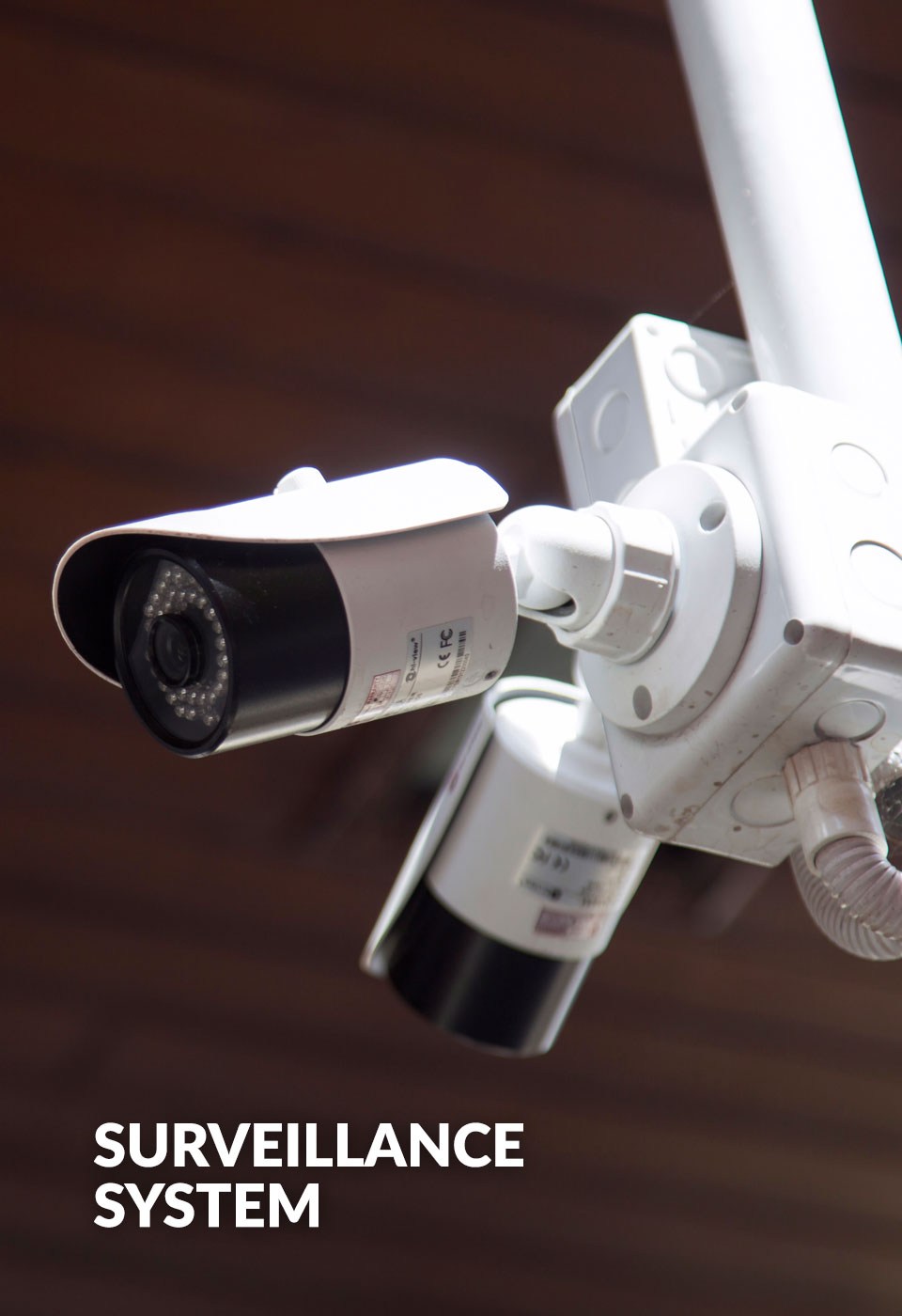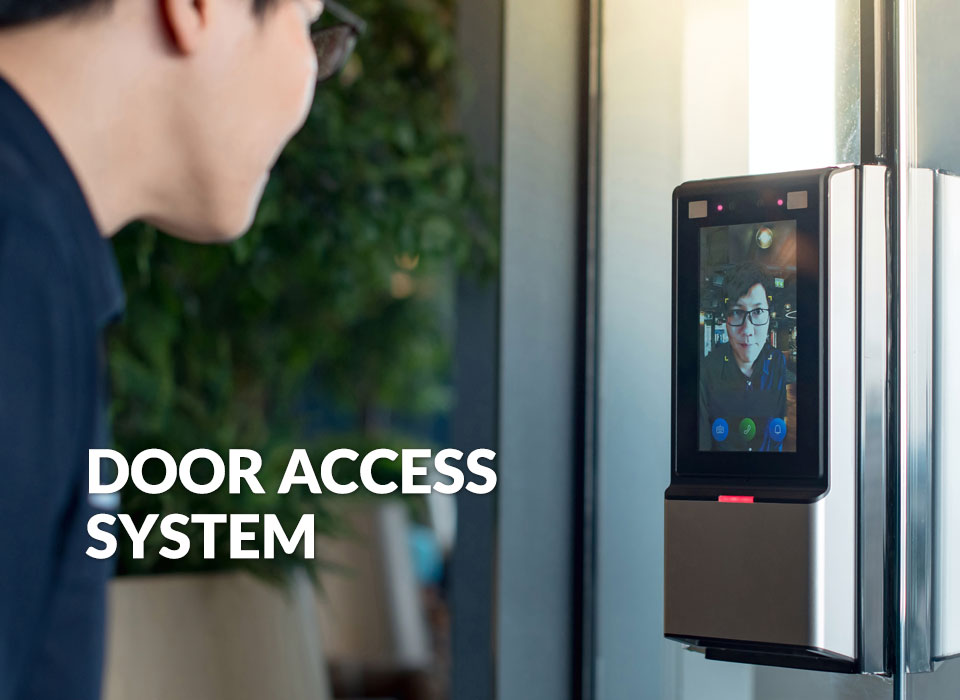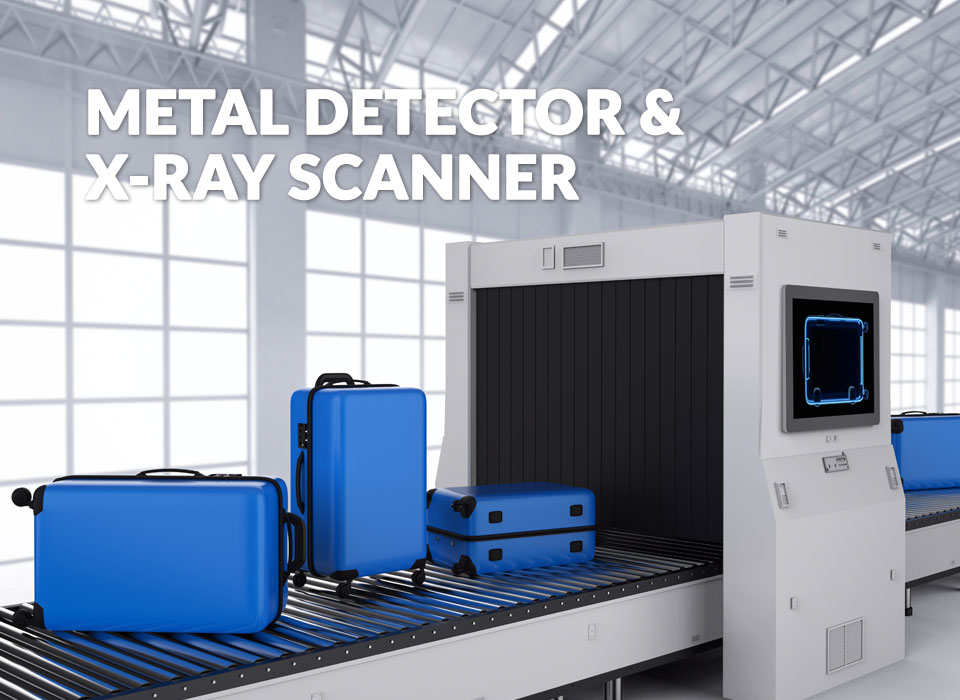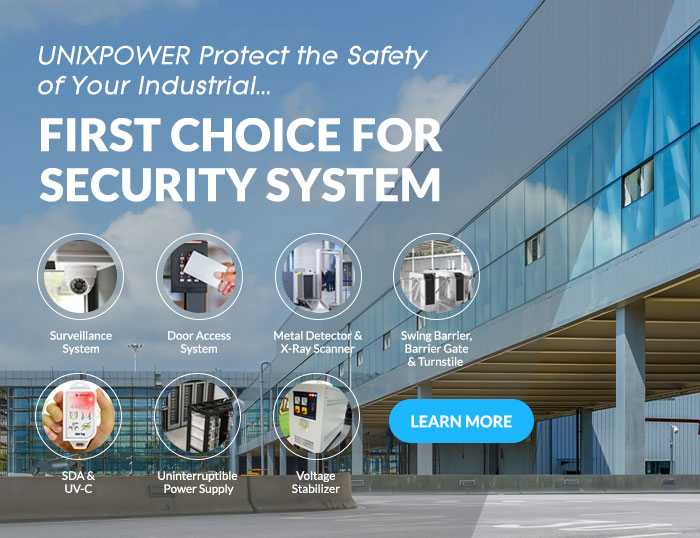KEY SUCCESS FACTOR
Success Does Not Happen Overnight. Through Our Many Years of Industry Experience,
We have Won Many Businesses through User-Friendly, Affordable & Professional Technical

Professional
Over 30 Years of Experience in Security System

High Quality
Provide High Quality Products & Services to Customer

Support Team
Provide a Professional Support Team to Help You Solve Problems

Best Services
Provide Best Service to Customers with a Friendly Attitude
Key Success Factor
Success Does Not Happen Overnight. Through Our Many Years of Industry Experience,
We have Won Many Businesses through User-Friendly, Affordable & Professional Technical

PROFESSIONAL
Over 30 Years of Experience in Security System

HIGH QUALITY
Provide High Quality Products & Services to Customer

SUPPORT TEAM
Provide a Professional Support Team to Help You Solve Problems

BEST SERVICES
Provide Best Service to Customers with a Friendly Attitude



FEATURED BRAND
Explore Our Feautured Brands & Discover the Latest from Your Favorites.
WHY CHOOSE US
Our dedicated professional security system installer team has accumulated extensive knowledge and experience of security solutions. We offer customers during the design, installation, deployment, and maintenance phases of a project.
Highly Qualified & Trained Support Team
We will Provided Highly Qualified & Experienced Services to Customer
Customized Design Security Systems
Provides Custom Security Solutions for Business & Industry Designed & Installed with the Most Exacting Standards
Top-of-the-Range Products & Services
We will Discuss with Customer Requirement & Provide the Perfect Solution to You
Fully Integrated Network Solutions
Provide Fully Integrated Network Solutions , Delivers Solutions You Need, for Less.



















